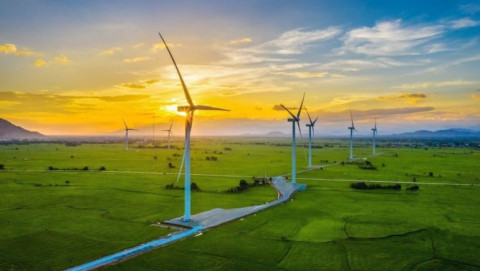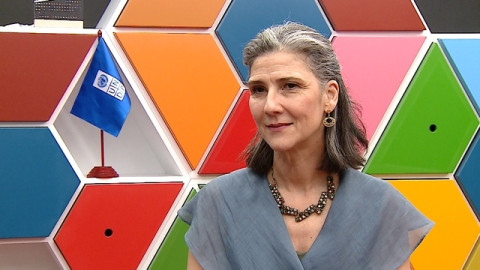Challenges and opportunities in green capital disbursement
- 25
- Socially Responsible Enterprise
- 10:59 21/10/2024
DNHN - In the context of increasing emphasis on environmental protection, green finance has become a hot topic in Vietnam.
Unlocking the potential of green finance in vietnam
According to Ms. Nguyễn Thị Thu Hà from the University of Economics Ho Chi Minh City, not all enterprises are willing to commit to implementing Environmental, Social, and Governance (ESG) standards with banks. This has led to a fragmented landscape in the disbursement of green finance.
Ms. Hà noted that promoting green transformation requires diverse and flexible funding sources, especially to support small and medium enterprises (SMEs). Given the challenges these businesses face in accessing finance for eco-friendly projects, providing the necessary capital to shift toward sustainable and low-emission production is crucial. This not only helps enterprises grow but also contributes positively to environmental protection.
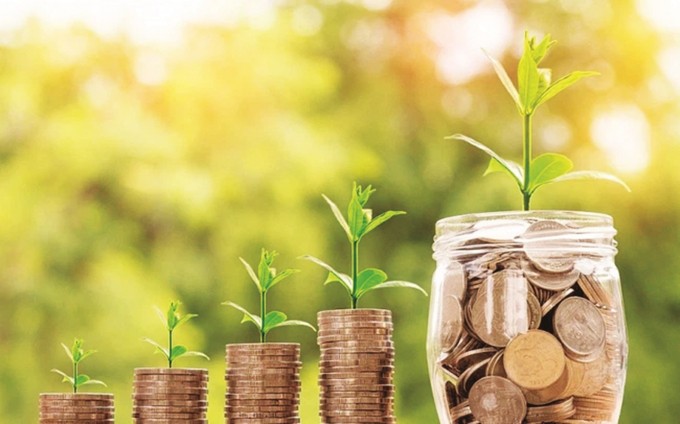
Besides supporting existing enterprises, green finance also aims to nurture climate-tech startups. These young companies need funding to develop new products and technologies that address urgent environmental issues. Investing in these startups can drive economic growth and generate innovative solutions to climate challenges.
Thus, the two main goals of green finance are not only to help businesses transition to sustainable production models but also to create opportunities for startups. This will contribute to forming a green economic ecosystem, where environmental protection and economic development go hand in hand, promoting sustainable social progress.
To achieve these objectives, Ms. Nguyễn Thị Thu Hà emphasized that funding must come from various sources, not just banks. Venture capital funds, institutional sponsors, angel investors, and Development Finance Institutions (DFIs) are all crucial players. Collaboration between public and private funds also plays a key role in mitigating risks and attracting investment for climate projects.
Meanwhile, Mr. Vũ Mạnh Hùng, Chairman of Hùng Nhơn Group, highlighted the trend of green transformation in agriculture, stating that building a green economic model requires not only partnerships with foreign counterparts but also a long-term vision spanning 10 to 20 years. Hùng Nhơn's ongoing projects have implemented advanced technology, from livestock farming to food processing, meeting international standards such as ISO and Global GAP.
With a goal of achieving $2 billion in revenue by 2030, Hùng Nhơn is leading the way in using clean energy and reducing CO2 emissions. He stressed that sustainable development not only brings economic benefits but also protects the environment for future generations.
Challenges and opportunities for enterprises and banks
To access green finance, businesses must clearly demonstrate their commitment to green transition. Mr. Trần Hoài Phương, Head of Corporate Client Division at HDBank, shared that the bank is actively seeking businesses with potential for sustainable growth. HDBank has secured half a billion USD in funding from foreign financial institutions to support green transitions.
However, Mr. Phương emphasized that not all companies labeled as "green" genuinely meet environmental and social standards. Therefore, banks must be cautious during the evaluation process, only considering companies committed to implementing ESG practices for green finance.
Mr. Lê Đăng Khoa, Head of Corporate Client Division at OCB, also stated that developing green credit is a long journey requiring cooperation from multiple stakeholders. Banks need clear policies from regulatory authorities to manage specific situations related to green assets. At the same time, businesses must understand that green transition is an inevitable trend and ensure transparency in their operations.
Prof. Dr. Trần Ngọc Thơ warned that current legislation does not address measures to safeguard against climate risks. Without specific regulations in the Law on the State Bank to ensure protection against climate-related "shocks," the banking sector will struggle to develop green credit robustly.
Dr. Trần Du Lịch added that only when green credit accounts for about 30-40% of total credit loans can the green economic transformation be considered successful. This will be a key indicator of the economy's green transition.
In conclusion, developing green finance in Vietnam faces many challenges but also offers substantial opportunities. Businesses need to proactively commit to ESG standards, while banks require flexible policies to provide support. The government also plays a crucial role in creating a favorable legal environment to promote green credit. Only through close cooperation between all stakeholders can the vision of a sustainable economy become a reality.
Nghe Nhan
Related news
#environmental protection
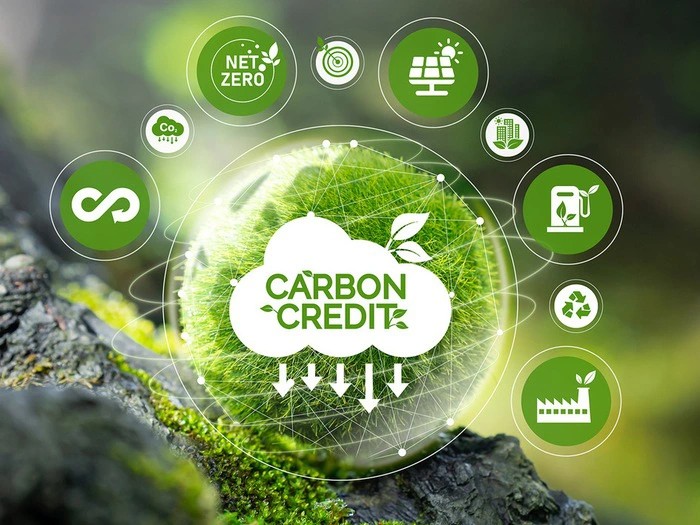
Reducing greenhouse gas emissions and carbon market development to fulfill COP 26 commitments
Vietnam aims to reduce greenhouse gas (GHG) emissions and develop a carbon market, aligning with its COP 26 commitments. This requires close coordination and comprehensive solutions from all sectors and communities.

What can be learned from VinFast's success after becoming the best-selling car brand in Vietnam?
VinFast's market-leading sales in Vietnam in September marked a major turning point, as a domestic electric vehicle brand outpaced international competitors.
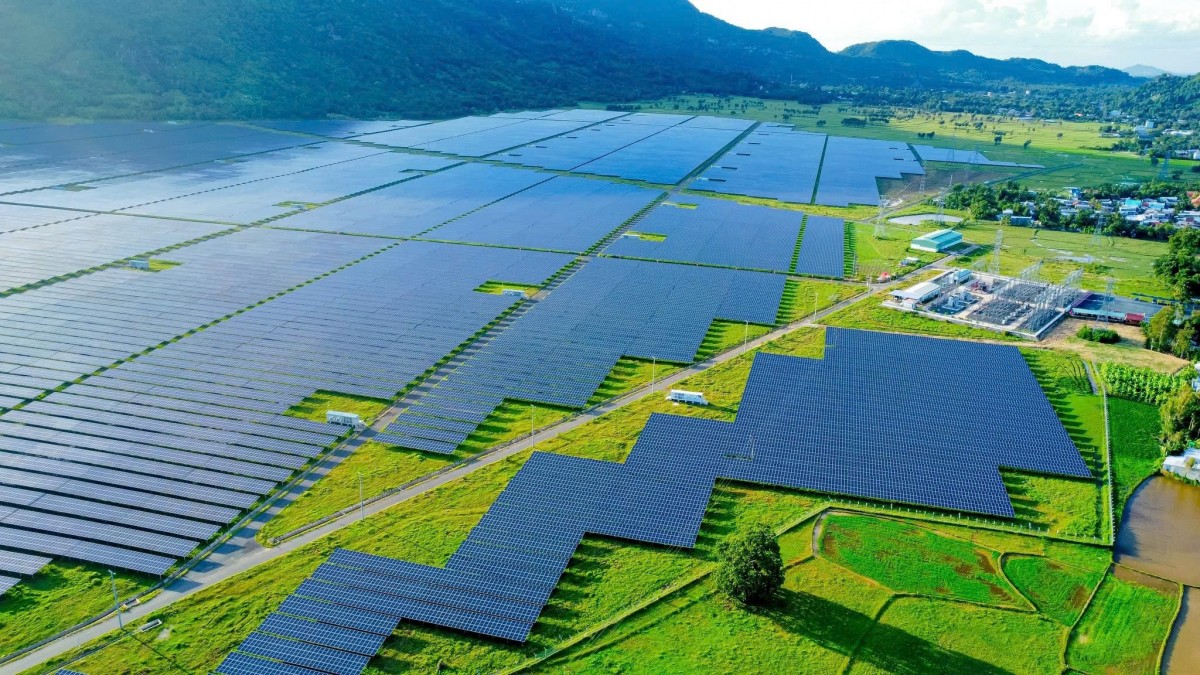
Nurturing life for the future with clean energy
Vietnam has just endured Typhoon No. 3, leaving behind a trail of destruction and loss that makes us all feel small against Mother Nature. It is time for a change, time to nurture and protect our living environment.
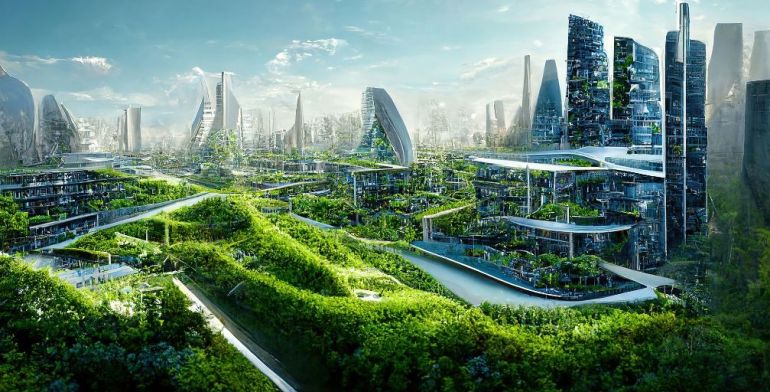
Practical applications of carbon credits in the economy. Part XXI:Carboncor Asphalt - An effective solution for Vietnam to achieve net zero emissions
Vietnam is actively implementing green construction solutions to achieve the goal of net zero emissions by 2050. These solutions reduce greenhouse gas emissions and support sustainable development in the construction industry.
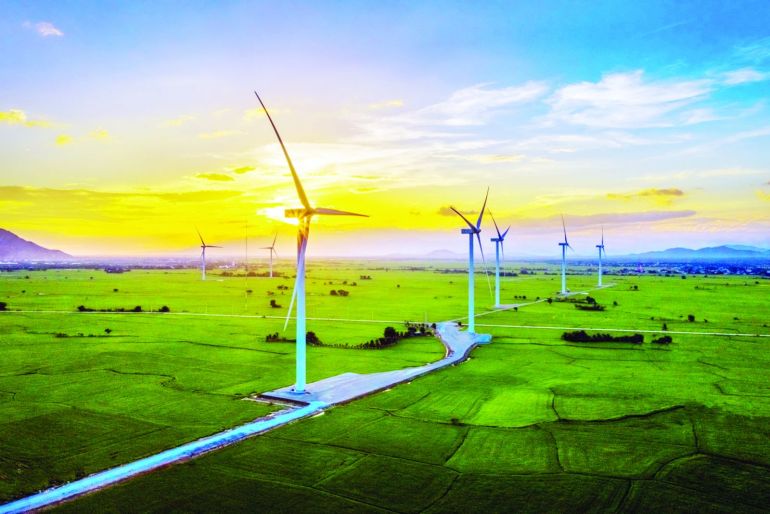
Practical applications of carbon credits in the economy. Part XI: Bridging policy and strategy for the carbon credit market
To develop the carbon credit market, the Government and businesses must improve cooperation and communication. The Government needs to provide clear policies, while businesses must adopt emission reduction strategies and leverage carbon credits.

Yen Bai: Implementing the plan to manage and eliminate ozone-depleting substances and greenhouse gases
The People's Committee of Yen Bai province has just issued document No. 3005/UBND-TNMT on the implementation of the National Plan for the management and elimination of ozone-depleting substances and controlled greenhouse gases.
Đọc thêm Socially Responsible Enterprise
When artists do business – livelihood is no poetry!
A series of indictments, arrests, and bankruptcies among artists has sounded a serious alarm.
Hanoi’s economy grows 7.92% in first nine months of 2025, FDI surges nearly threefold
Hanoi maintained robust growth momentum in the first nine months of 2025 with GRDP up 7.92% year-on-year, driven by strong services and construction sectors.
Vietnam’s strong gdp growth fails to ease labor market distress
As the year draws to a close, the pressing challenge for businesses and policymakers is how to rebuild worker morale, retain top talent, and stabilize employment amid lingering uncertainty.
Vietnam ramps up efforts to lift EU “Yellow Card” on Illegal fishing
Prime Minister Pham Minh Chinh has called for intensified and coordinated efforts to have the European Commission’s “yellow card” on Vietnam’s fisheries removed within this year.
Quang Tri calls for investment in wind power plant project worth over VND 1,100 billion
The People’s Committee of Quang Tri Province has officially announced the Hưng Bắc Wind Power Plant Project as part of its investment invitation portfolio.
Hanoi receives two million visitors during the four-day National Day holidays
From August 30 to September 2, Hanoi received around 2.08 million visitors during the four-day National Day holidays , three times higher than the figure in the same period last year, the municipal Department of Tourism reported.
Ca Mau gradually makes its mark on the national tourism map
By 2025, Ca Mau aims to attract 8.4 million visitors and achieve a total revenue exceeding 8,585 billion VND, contributing to the province's double-digit growth target.
UNDP Resident Representative hails Vietnam as an emerging economic powerhouse
Millions of people have been lifted out of poverty, hunger has been eliminated, and the economy has maintained consistent growth rates of over 6 per cent, UNDP Resident Representative in Vietnam Ramla Khalidi remarks.
Alpha Books Chairman Nguyen Canh Binh: The survival weapons of Vietnamese entrepreneurs in the age of AI.
Alpha Books Chairman Nguyen Canh Binh shares three essential lessons to ensure the survival and growth of Vietnamese entrepreneurs in the digital age: creativity, connection, and collective intelligence.
Mr. Le Viet Thang, CEO of 1Office: "Don’t use old solutions for new ai challenges"
As artificial intelligence (AI) reshapes the global technology landscape, Vietnam is taking decisive steps to establish a National AI Research and Development Center, alongside the National Data Center.






